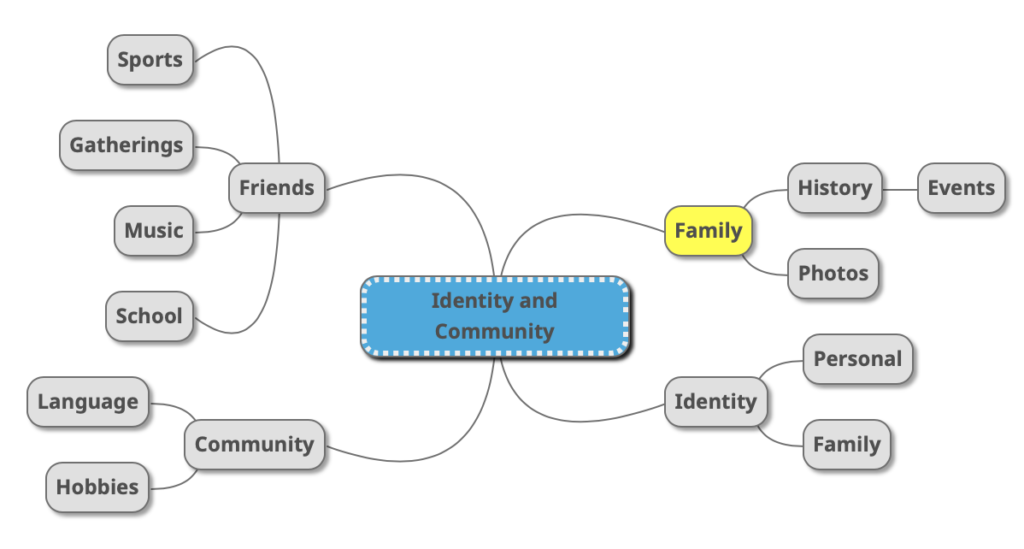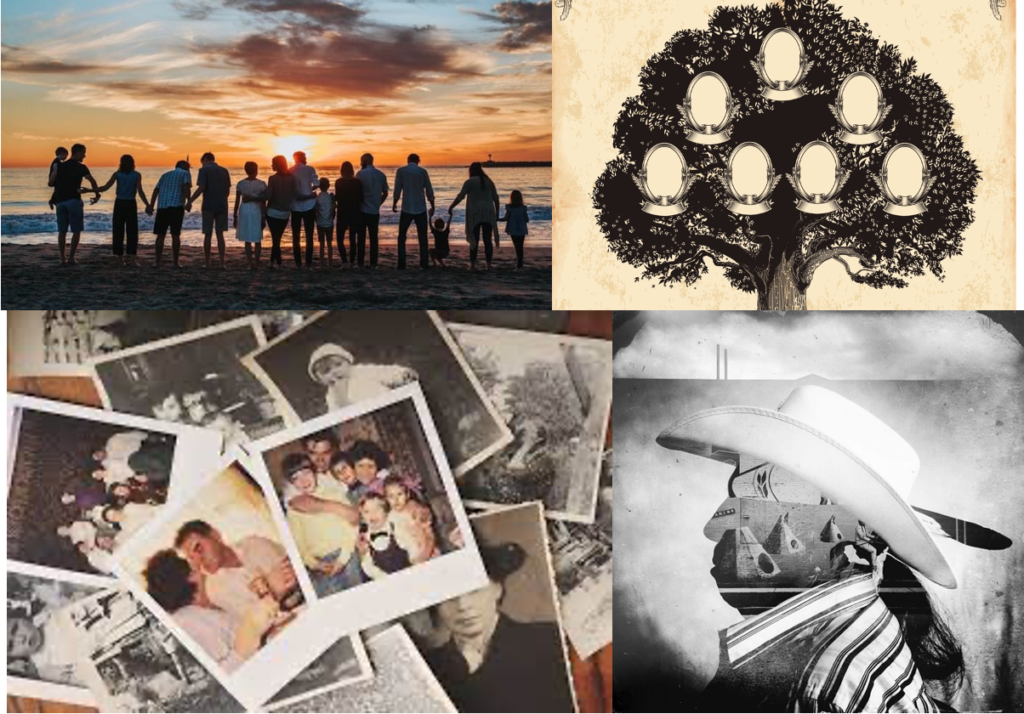Throughout my personal study, I aim to explore how the fashion industry impacts our social identity. I have always been interested in fashion, even from a young age. Fashion does outline, express, and shape our identity. Fashion and clothing are both there as a fundamental tool in which people construct themselves. Sometimes we all want to construct a new identity using fashion, the way we dress is like communicating without words.
An important issue within the fashion world is that most people shy away from statement pieces, or even clothing items that are a little out of their comfort zone as they are afraid of judgement, whether we like it or not, people will judge us by our appearance. The global editor of vogue claims it is important that you are happy in what you wear and to do it for yourself instead of others. However, some people are the opposite. When it comes to the people who aren’t totally sure who they are inside and don’t have the words to explain it, fashion can be one of the best ways of expressing who you are, with one simple glance from a stranger you begin to show a glimpse of your identity.
To develop my project, I will research famous Vogue fashion photographers and create shoots that are similar to their work. The artists I aim to explore in detail and become inspired by are Guy Bourdin and Irving Penn. Bourdin is known to have widely changed the face of fashion photography forever and Irving Penn has been known to alter our perception of beauty. Within my personal study I will also explore Anna Wintour, the Global Editorial Director of Vogue, her use of the magazine shaped the fashion industry and she is known to have changed how the world gets dressed.
My final outcome of this project will be produced in a photobook.
FASHION


VOGUE Photographers


Charles Jourdan & Guy Bourdin
Between 1967 and 1981, Bourdin produced some of his most memorable work under the employment of shoe designer Charles Jourdan, who essentially became his patron. His work for Jourdan employed anthropomorphic compositions, suggestive narratives and explored the realms between the absurd and the sublime. His surreal aesthetics were delivered with sharp humor and were always eagerly anticipated by the media.
Widely considered to have changed the face of fashion photography forever, French photographer Guy Bourdin’s innovative voice and visionary work is no longer seen solely in the context of commercial photography but is well esteemed in the annals of contemporary fine art.
Guy Bourdin created impossible images long before photoshop, Some of Bourdin’s best-known pictures feature mannequin legs sawn off just below the knee. Those legs, says O’Neill, were “so brilliantly placed you can almost see the whole woman – the sense of her was so strong”. Usually the images were created by Bourdin drilling the mannequin’s feet through the ground then positioning them.
He was meticulous in planning his photographs, sketching out the composition and scouting locations in advance, and yet “he made it look so effortless. Today photographers can very easily make a model fly but when they do it it doesn’t have the same charge or aura.”
“An artist whose distinct style is instantly recognizable, Guy Bourdin’s use of color, frame and form is highly unique and utterly surprising.”
─── Torres, R. (January 4, 2021). Guy Bourdin, Independent Photographer.

As such, their work greatly compliments each other, both shooting contorted female bodies, scenarios tinged with a surrealist element, and employing the use of props, harsh lighting, bright colours, and pure melodrama. Bourdin continued to work for Vogue until 1987.
“I have never perceived myself as responsible for my images.
They are just accidents. I am not a director, merely an agent of chance” —– Bourdin, G. (1981) Guy Bourdin, The Independent Photographer.
Horst P
Horst P. Horst (1906-99) created images that transcend fashion and time. He was a master of light, composition and atmospheric illusion, who conjured a world of sensual sophistication. In an extraordinary sixty-year career, his photographs graced the pages of Vogue and House and Garden under the one-word photographic byline ‘Horst’. He ranks alongside Irving Penn and Richard Avedon as one of the pre-eminent fashion and portrait photographers of the 20th century. His extraordinary range of work outside the photographic studio conveys a relentless visual curiosity and life-long desire for new challenges.
The 1930s ushered in huge technical advancements in colour photography. Horst adapted quickly to a new visual vocabulary, creating some of Vogue’s most dazzling colour images. Horst’s colour photographs are rarely exhibited because few vintage prints exist. Colour capture took place on a transparency which could be reproduced on the magazine page without the need to create a photographic print.
Annie Leibovitz
Over the last 50 years, Annie Leibovitz’ eye has helped direct, guide and capture the fashion industry’s greatest talents. Leibovitz has been described as an Artist Who Changed Fashion Photography Forever. She is an American portrait photographer best known for her engaging portraits, particularly of celebrities, which often feature subjects in intimate settings and poses.
In 1999, Vogue sent Annie to Paris to cover the couture collections for the first time and surprised her by casting Sean Combs alongside Kate Moss. The shoot was a cross-cultural straddling of two worlds: rap culture and high fashion.
Across more than 340 photographs, 90 of which have not been seen since their original magazine publication, Leibovitz’ fashion photography for publications such as Rolling Stone, Vogue and Vanity Fair is collated: including Sarah Jessica Parker in front of a mountain of pillows, Natalia Vodianova as Alice and Marc Jacobs as the Caterpillar, and Andrew Garfield, Lily Cole and Lady Gaga as Hansel, Gretel and the Wicked Witch.
Wonderland
“Looking back at my work, I see that fashion has always been there,” says Leibovitz in the preface to Wonderland. “Fashion plays a part in the scheme of everything, but photography always comes first for me. The photograph is the most important part. And photography is so big that it can encompass journalism, portraiture, reportage, family photographs, fashion… My work for Vogue fuelled the fire for a kind of photography that I might not otherwise have explored.”
“This is the way it is in photography. Most celebrities are forgotten but fashion lasts.” —– Danziger, J. (2006) The New York Times
















